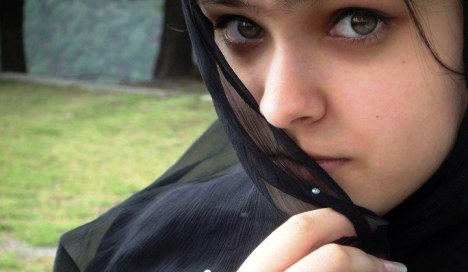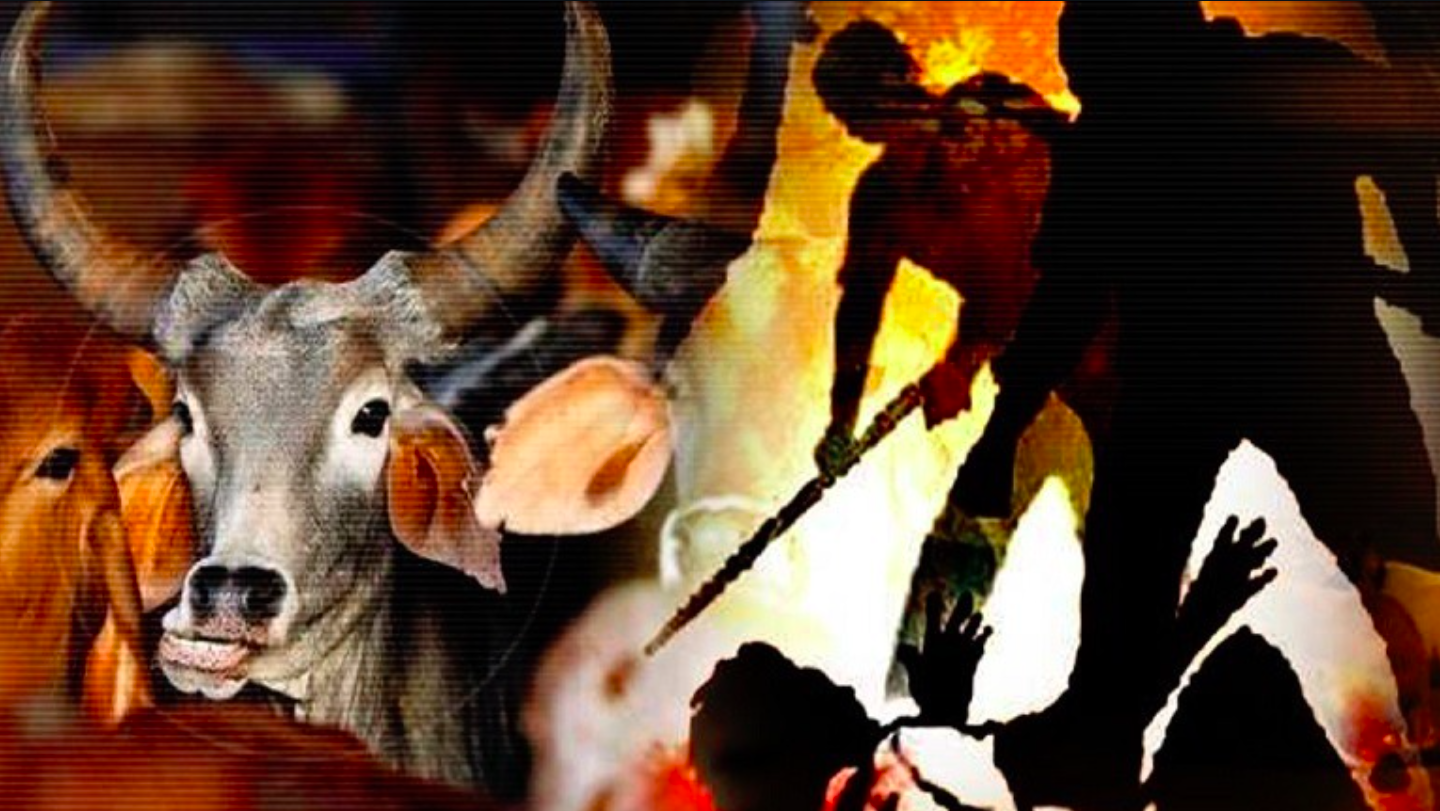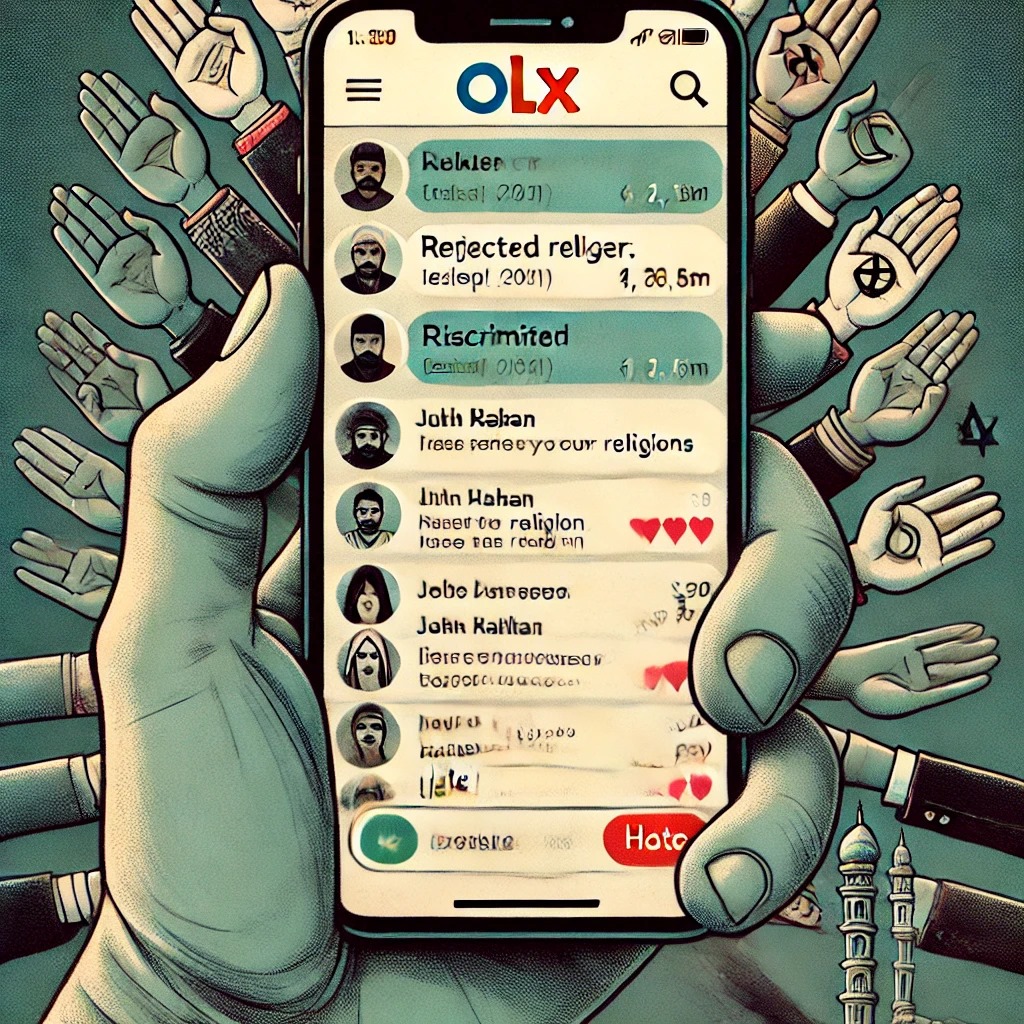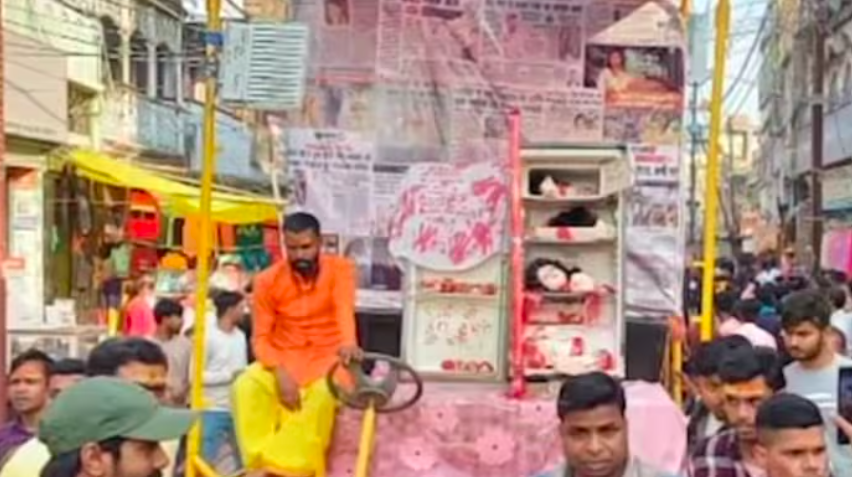Mohammed Rehan Ansari for BeyondHeadlines
Mumbai : Dr. Mahmoodur Rahman Committee has submitted its report on the Conditions of Muslims in Maharashtra to the Chief Minister of Maharashtra. The study Group was constituted by the Late Chief Minister Vilasrao Deshmukh in 2008 vide GR No. Asans- 2007/CR185/07/35/D-1 dated 6th May 2008 to examine the socio-economic situation of Muslims in Maharashtra.
Six Members committee, headed by the retired bureaucrat, Dr. Mahmoodur Rahman, became dormant after initially submitting its interim report in 2008. Shri Prithviraj Chauhan after assuming the office initiated the process and finally the committee submitted its report. The report has not officially been released but TwoCircles.net is making the recommendations public so that a debate can take place.
Besides studies and recommendations the report has many state level statistics that can be an eye opener. Most of the data is based on NSSO surveys, NFHS/DLHS, census 2001, Sachar Report, TISS reports etc.
Demographic and regional Statistics of Maharashtra Muslims.
Maharashtra has the 4th highest number of Muslim Population after Uttar Pradesh, West Bengal and Bihar. Out of total population of Maharashtra i.e. 9.68 crore, according to 2001 census, Muslims are 1.02 crore. It was around 10.6% of the total population. The share of Muslim population was approximately 13.43% at all India level.
Muslims are largely concentrated in Central Maharashtra. They are in urban areas of Marathwada, Marathwada, Khandesh, and Mumbai Pune Region. 70% Muslims are found to be in urban areas of Maharashtra since it’s one of the developed and most urbanized state of India. 30% are living in the rural areas of Maharashtra.
District wise Muslims Population:
Highest districts
| Districts | Muslim Population |
| Mumbai | 22% |
| Aurangabad | 19.7% |
| Akola | 18.2% |
| Mumbai Suburban | 17.2% |
| Parbhani | 16% |
Gondia, Gadchiroli, Bhandara are the Lowest Concentrated Districts.
There is a striking similarity between Buddhists and Muslims in Maharashtra. Regionwise Marathwada has the largest Muslim and Buddhists Population whereas Western Maharashtra has the lowest. Buddhists and Muslims are mostly urbanized, Muslims 70% and Buddhists 44.7%.
During 1991 and 2001 Muslims in Maharashtra grew with 34.63% while the total population grew by 22.73% in the same period. Jain population was experienced the highest growth rate in Maharashtra i.e. 34.79%.
Sex Ratio among Muslims is far lower than other Socio Religious Communities- SRCs due to migration of Muslim men for earning livelihood to urban areas. Its 889 women for a 1000 men, whereas among Hindus its 923, SCs 952 and STs 973. It’s the lowest in Mumbai and Thane that accounts for 30% of Muslim population. It stands to 761 women per 1000 men.
Since Muslims are mainly concentrated in urban areas it cannot be interpreted as the representative of its level of development. Dr. Mahmoodur Rahman Committee used a word “SUBSISTENCE URBANISATION” for Muslims. It means they are living in slums and earning only as much as to sustain themselves.
Since 70% of Muslims are living in Urban Maharashtra. The Urban areas should also be presented.
| Districts | Muslim Population |
| Mumbai | 10.2% |
| Mumbai Suburb | 20.7% |
| Thane | 11.4% |
| Nasik | 6.45% |
| Pune | 5.19% |
| Aurangabad | 4.5% |
| Nagpur | 3.76% |
Urbanization of Muslims are due to some their landless in rural areas so they remained more engaged in either non-farm sector or in low income occupations in the tertiary sector.
The report sums up that Muslims in Maharashtra are the largest Minority constitute about 10.6% of the total population in the state. 70% Muslims are concentrated in the urban slums and ghettos. They have sex ratio lower than other socio religious community- SRCs. The higher fertility rate among Muslims has often been misinterpreted to create fear among the majority religious group. Infact the higher fertility rate among Muslims is the result of their relative underdevelopment. Regionally Muslims are found to be in central Maharashtra and in highly urbanized districts of Mumbai, Mumbai Suburban and Thane.









